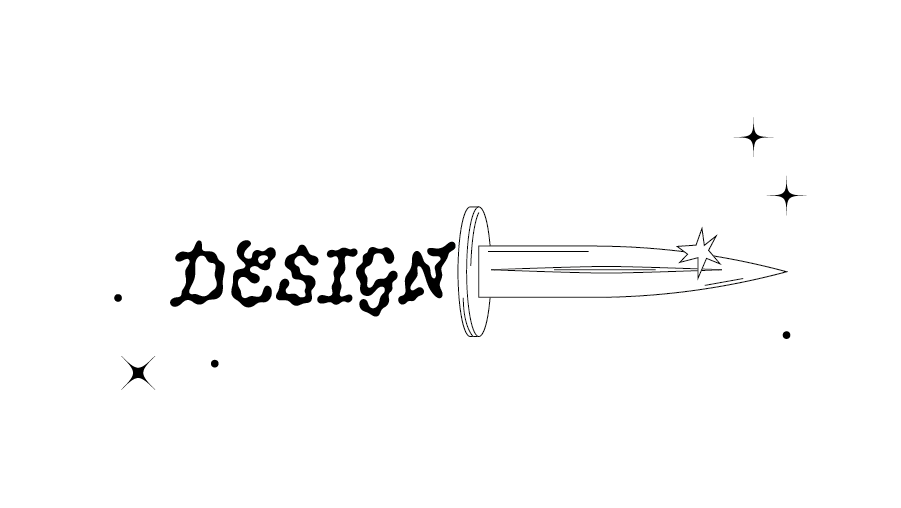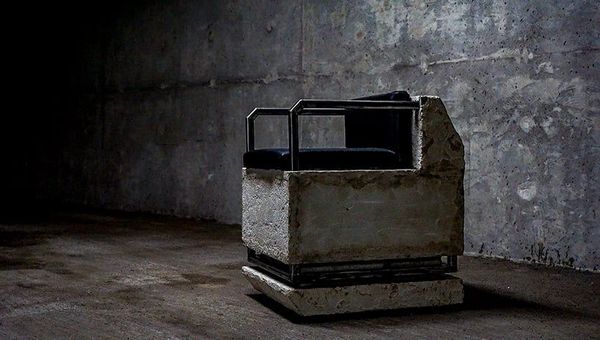Today, a good idea is no longer enough for a successful business—you need to be able to sell it. Design is a tool that can pay huge dividends, even in non-creative industries, if used properly. How good are Central European businesses at this?
The Innovation Center (IC) of the Moholy-Nagy University of Art and Design (MOME) has set out to explore the importance of consciously using design specifically in areas that do not belong to the creative sector, such as the corporate world. The MOME’s initiative, called ‘Use of Design in Business’, seeks to assess the design maturity of companies in the region, that is, to what extent and how consciously different companies have relied on the use of design as a tool for development. The survey covered three countries in the region—Poland, Hungary, and Slovakia—and drew on responses from nearly 300 business leaders in the region. One of the initiative’s open objectives was to use its findings to motivate business leaders to use design as a tool, as it has proven its potential to make a significant difference in business success.
One rather striking finding of the survey was that while companies in the region recognize the potential of using design, 91% use it almost exclusively to provide an aesthetic experience for their customers. Only 9% are flexible and use design in their internal processes.

According to the Danish Design Ladder, there are four different levels of ‘maturity’ in using design in business: the first level of businesses treat design as an aesthetic tool and their approach to business is rather traditional. The second level, on the other hand, makes greater use of design and uses it not only for aesthetic purposes but also, for example, to improve the customer experience. The third and fourth levels are characterized by a more masterly use of design in enterprises. While the third level also integrates design into internal processes, the fourth level directly involves design in strategic decision-making. Looking at the ranking of the three Central European countries at different levels, Slovakia excelled, with 59% of the companies surveyed reaching the second level, which is outstanding in the region. In contrast, Hungary and Poland were slightly behind. In the former, 43% of the companies surveyed reached the second level, compared to 45% in the latter. However, none of the companies surveyed in Slovakia reached the top fourth level, while only two to three percent of companies in Hungary and Poland did.

MOME’s research also explores an interesting aspect, which highlights that there may be some correlation between a country’s design maturity and its GDP. While it is stressed that more regional research would be needed to fully support the claim, it can be argued that design awareness also means higher profits for companies in most cases. This is illustrated by the example of the three countries, where Hungary, with the lowest GDP, has the lowest design awareness, while Slovakia, with the highest GDP, has the highest, with Poland in between in both respects.
The survey results show that companies would continue to use design primarily to ensure customer satisfaction, but there is also an ambition to use it as a tool in other areas—for example, to secure employee satisfaction. In fact, companies also aim to have the expertise in-house to use design effectively—85% of companies surveyed said they would like their workforce to have the skills to do so. Broken down by country, this was the most important issue for companies in Poland with 88%, followed by Slovakia with 87% and Hungary with 82%. While there is an aspiration, the figures show that the practical part of it still needs some improvement. Indeed, around half of companies provide in-house training or other external opportunities for employees to gain design expertise.

The survey also looked at how many years ahead companies in the three Central European countries typically plan, with the results putting the average number at around three. This is considered a short time frame, but this is not necessarily a bad thing as it allows room for flexibility and adaptation. In addition, 68% of respondents are preparing for and adapting to more future eventualities. In terms of fears and concerns, the vast majority of companies, around 74%, identified economic contraction as the biggest threat to their operations—with 78% of companies in Hungary, 80% in Slovakia, and 62% in Poland identifying this as the greatest threat by country.
Illustrations: Roland Molnár

Around Budapest in 150 years with Orsolya Karafiáth

The world’s first permanent exhibition of Robert Capa opens










